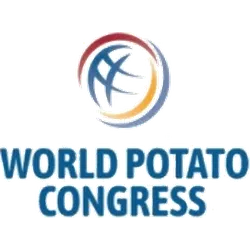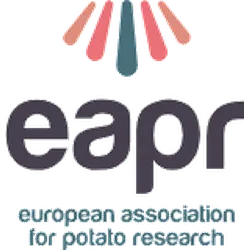Event Details
- June 22 - 26, 2026
- [email protected]
- Adelaide,
- http://potatocongress.org
Organized By
- EAPR (European Association for Potato Research)
- [email protected]
Potato is an important food and cash crop in Uganda. Traditionally grown by smallholder farmers in the southwestern, western, and eastern highlands of the country, its production has recently expanded to low- and midland areas in central and northwestern Uganda. Potato production in Uganda has been steadily increasing to meet the growing demand for consumption. However, this increase in production has primarily come from expanding cultivated land rather than improving productivity. Currently, potato farmers in Uganda harvest an average of 8-10 tons per hectare (t/ha), while realistically they could achieve yields of 20-30 t/ha. The main reason for this underproduction is the widespread practice of recycling seed from previous harvests or using seed obtained from the open market. This seed often carries seed-borne pathogens such as bacterial wilt and is also very susceptible to late blight. Kigezi Farmers’ Resource Centre (KFRC) is a family-owned company located in Rubanda district, southwestern Uganda. It produces and sells early generation seed potato. The company owns two screenhouses, three diffused light stores with a capacity of 180 tons and more than 25 acres of land for producing and storing minitubers and pre-basic seed. The company annually hires more than 40 acres of land for the production of basic seed. KFRC maintains the soil health on the farm by a variety of practices, including seasonal crop rotation of legumes and sorghum. To improve farmers’ access to high-quality seed of desired varieties (mainly NAROPOT 4/Rwangume and Kinigi) in a timely manner, KFRC has formed partnerships with local and international partners to produce seed potato from rooted apical cuttings (RACs) (Picture 1). RACs are like vegetable seedlings. They are produced in screenhouses from tissue culture material by vegetative propagation and are then transplanted in the field where they produce tubers that can be further multiplied for several seasons. It is important to keep the mother plants in the screenhouses in a juvenile state throughout the production cycle. The highest productivity potential lies in the physiologically young tissue; tuber yields reduce as the mother plants mature. RACs are disease-free and highly productive; they have shown the capacity to produce 10-25+ tubers per RAC when planted in the screenhouse and approximately 45-60 tubers per RAC

